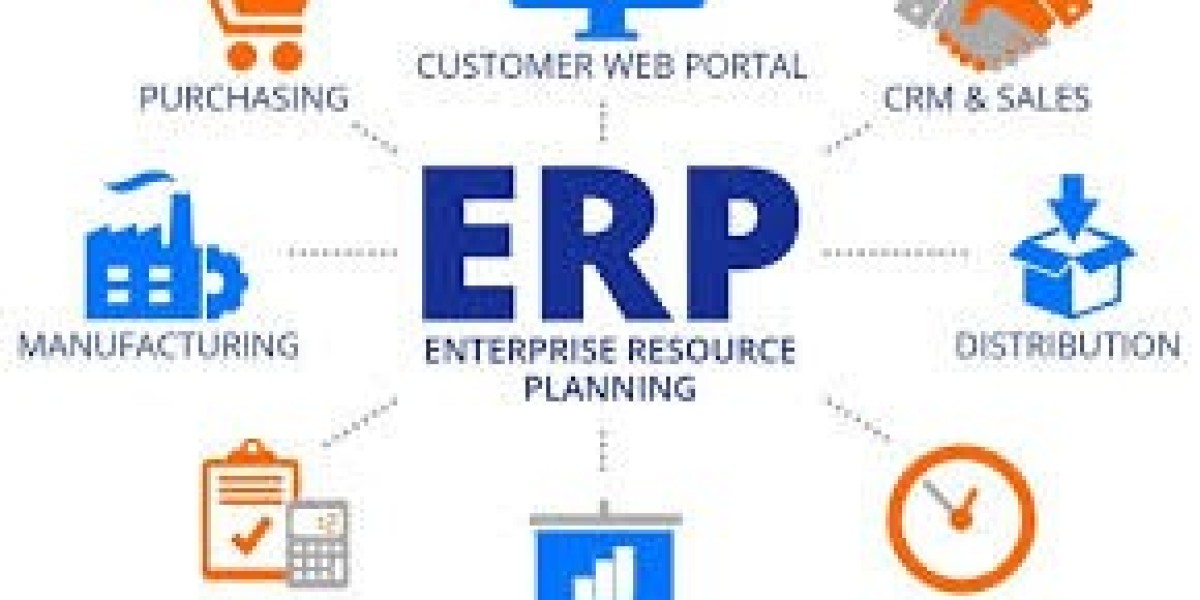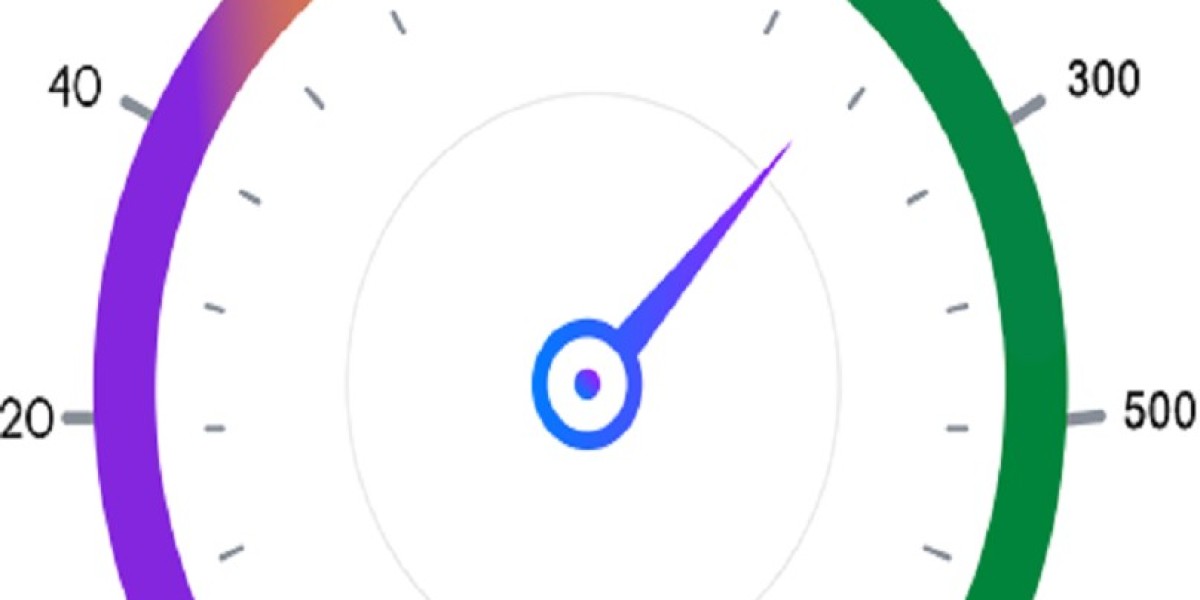Why Your Business Needs ERP Solutions Now
Before diving into the "how," let's quickly touch on the "why." ERP solutions aren't just fancy software; they're comprehensive systems designed to integrate all core business functions-from finance and HR to manufacturing and sales-into one unified platform. This integration brings incredible benefits:
Improved Efficiency: Say goodbye to disconnected systems and manual data entry. ERP centralizes information, making operations smoother and faster.
Better Decision-Making: With real-time data at your fingertips, you can make informed decisions quickly, responding to market changes and opportunities with agility.
Cost Savings: By optimizing processes and reducing redundancies, an ERP system can significantly cut operational costs.
Enhanced Collaboration: When all departments work with the same accurate data, communication improves and teams become more cohesive.
Scalability: As your business grows, a good ERP solution can grow with you, adapting to new challenges and expanding operations without disruption.
If you're still relying on disparate spreadsheets and individual software programs, you're likely losing time, money and valuable insights.
Your Step-by-Step Guide to Choosing the Right ERP Solutions
Choosing an ERP solution isn't a quick fix; it's a strategic investment. Here’s a practical approach to finding the perfect fit for your business:
1. Define Your Business Needs and Goals
This is the most crucial first step. Don't look at software first. Instead, look inward:
What are your biggest pain points? (e.g., inventory management issues, slow financial reporting, poor customer data).
What specific processes do you want to improve or automate?
What are your long-term business goals? (e.g., expanding product lines, entering new markets, increasing production by X%).
What's your budget, both for the initial investment and ongoing ERP services?
Involve key stakeholders from different departments in this discussion. Their insights are invaluable.
2. Research and Shortlist Potential ERP Solutions
Once you know what you need, start researching vendors. Look for ERP solutions that cater to your industry and business size. Consider factors like:
Industry Focus: Some ERPs are built specifically for manufacturing, retail, professional services, etc.
Deployment Options: Do you prefer cloud-based (SaaS) or on-premise solutions? Cloud options offer flexibility and lower upfront costs, while on-premise gives you more control.
Core Modules: Does the system offer the specific functionalities you require (e.g., financial management, CRM, supply chain, HR)?
Vendor Reputation: Look for established providers with a good track record and positive customer reviews.
3. Evaluate ERP Services and Support
An ERP solution is only as good as the services that come with it. Don't overlook this critical component:
Implementation Support: Does the vendor or their partner offer expert guidance during the setup phase? A smooth implementation is vital.
Training: How comprehensive is the training provided for your team? User adoption is key to success.
Ongoing Support: What kind of technical support is available post-implementation? Look for clear service level agreements (SLAs).
Customization Capabilities: Can the solution be adapted to your unique workflows without extensive, costly development?
Upgrade Path: How does the vendor handle updates and new features? You want a system that evolves with technology.
4. Request Demos and Test Drives
Once you have a shortlist, request personalized demonstrations. Ask to see how the system handles your specific scenarios. If possible, get a trial version to test it out with your own data. This hands-on experience is invaluable for understanding the user interface and overall fit.
5. Check References and Case Studies
Talk to existing customers of the ERP solutions you're considering. Ask them about their implementation experience, the benefits they've seen and the quality of ERP services they received. Look for case studies that mirror your own business challenges and goals.
Making Your Decision and Moving Forward
Choosing the right ERP solution is a significant step towards future-proofing your business. It's about finding a partner that understands your vision and can provide not just software, but comprehensive ERP services that support your journey.
At Mannlowe, we specialize in helping businesses like yours navigate the complexities of ERP. We focus on understanding your unique challenges and delivering ERP solutions and services that empower your growth.
Ready to see how the right ERP solution can transform your operations and boost your bottom line?








